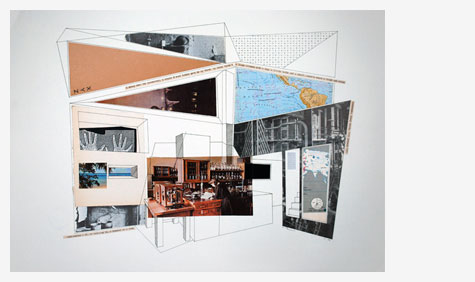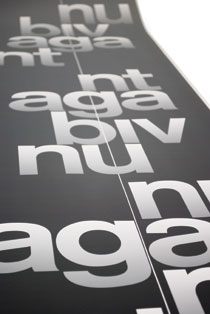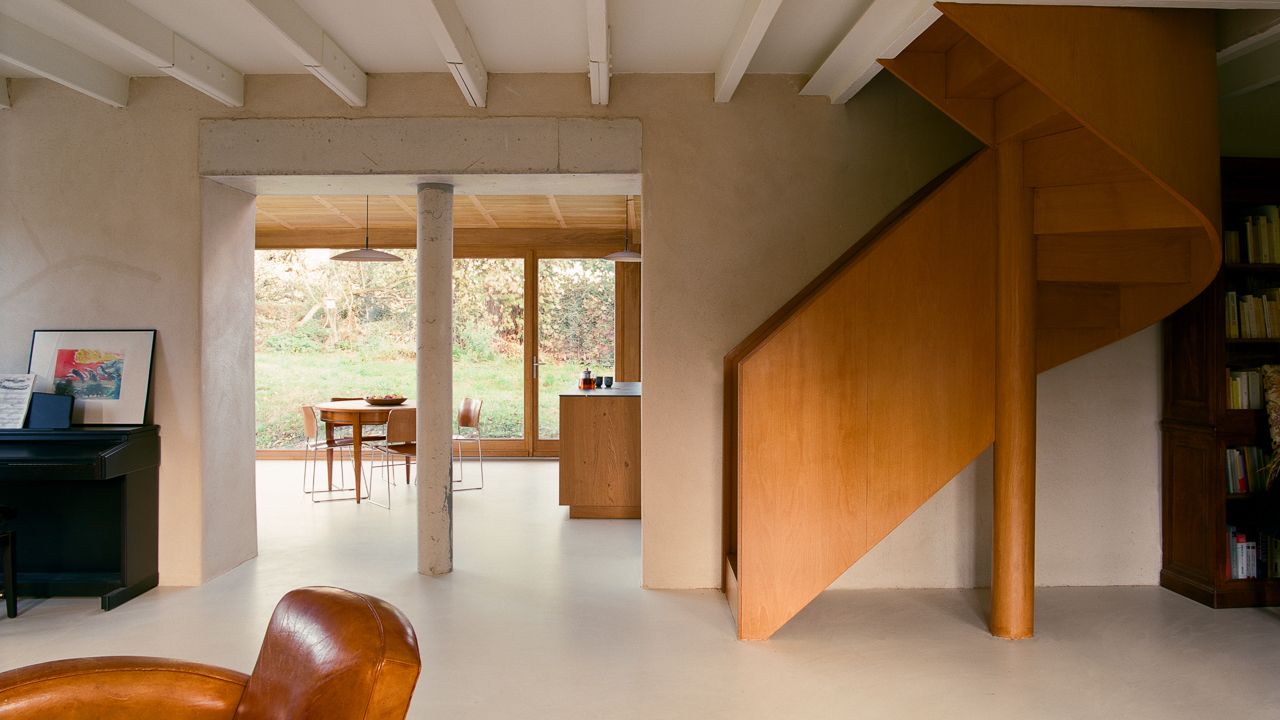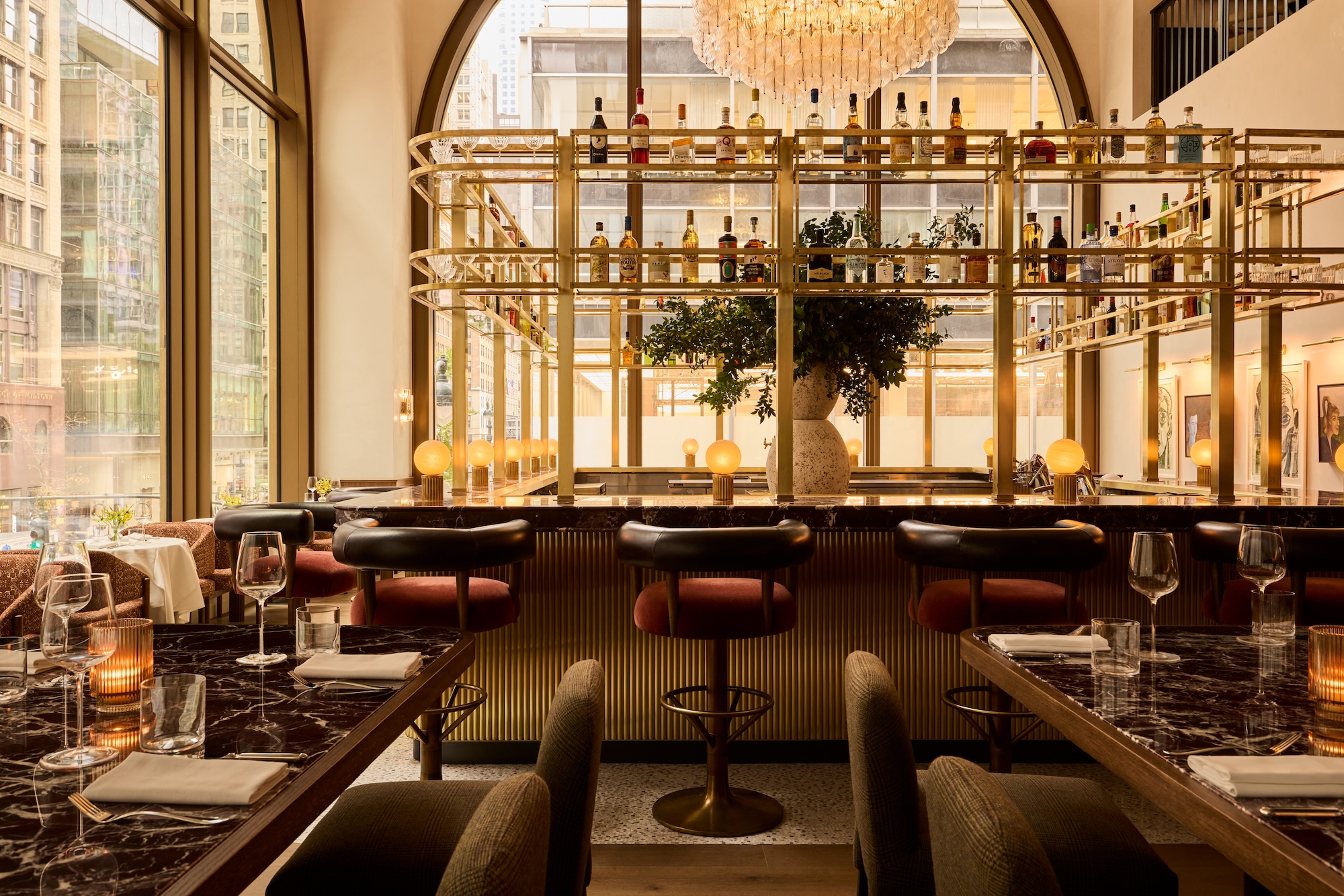The Art of Lost Words, London

It’s a mystery why words ever become 'forgotten'. Design, clothes, haircuts – even slang - we understand (though don't always agree with); anything that was a hallmark of the time in which it was deemed cool, quickly outdates. Good, honest words though you’d think might be safe from the fleeting whimsy of fashion.

But this isn’t the case. Have you ever heard of the word ‘redamancy’? Probably not, yet the act of loving someone in return (the definition of redamancy) hasn’t become so rare that there’s no longer need for a single word to define it.
text/gallery, a new venture that seeks to explore the relationship between words, art and design has, quite literally, taken the matter in hand. For its inaugural exhibition they’ve commissioned over 40 new works by as many artists and designers inspired by ‘forgotten’ words.
Sam Winston, SPIN and Why Not Associates are just three of the brilliant group who’ve rolled up their sleeves and given new life to the lost words. The collection is on show for just 4 days (from 5th to 9th March) at the German Gymnasium in London, and, in a sweet attempt to make sure the rediscovered words don’t return to their forgotten fate once more, proceeds from the sales are being donated to the National Literacy Trust.
ADDRESS
The German Gym
Pancras Road
London NW1 2TB
Receive our daily digest of inspiration, escapism and design stories from around the world direct to your inbox.
-
 The Bombardier Global 8000 flies faster and higher to make the most of your time in the air
The Bombardier Global 8000 flies faster and higher to make the most of your time in the airA wellness machine with wings: Bombardier’s new Global 8000 isn’t quite a spa in the sky, but the Canadian manufacturer reckons its flagship business jet will give your health a boost
-
 A former fisherman’s cottage in Brittany is transformed by a new timber extension
A former fisherman’s cottage in Brittany is transformed by a new timber extensionParis-based architects A-platz have woven new elements into the stone fabric of this traditional Breton cottage
-
 New York's members-only boom shows no sign of stopping – and it's about to get even more niche
New York's members-only boom shows no sign of stopping – and it's about to get even more nicheFrom bathing clubs to listening bars, gatekeeping is back in a big way. Here's what's driving the wave of exclusivity